Blog
Jewellok is a professional pressure regulator and valve manufacturer and supplier.
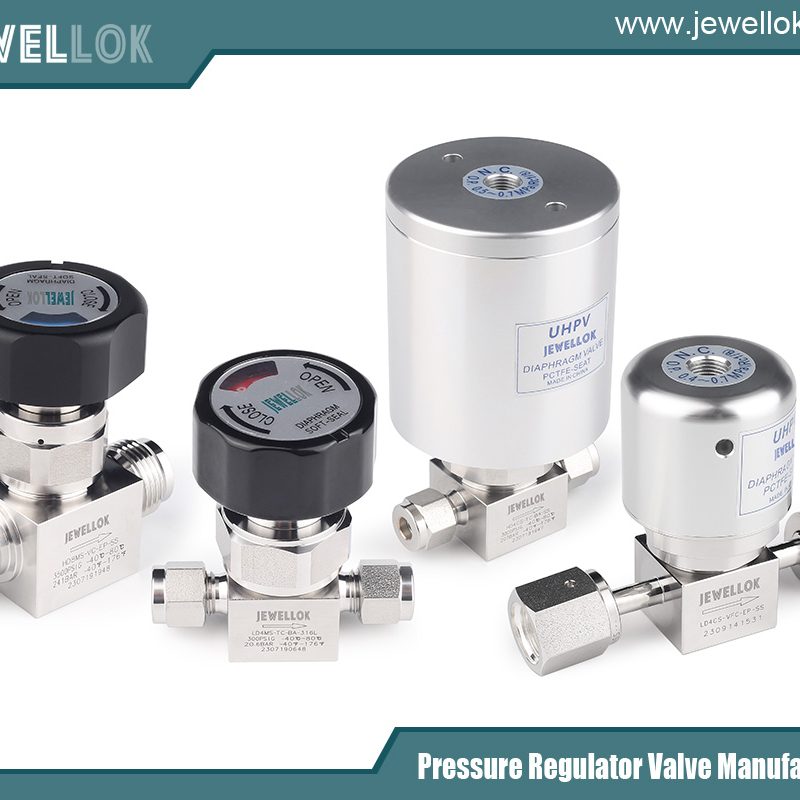
316 SS Ball Valves Manufacturer: A Comprehensive Guide
- Pressure Regulator Valve Manufacturer
- 1 2 propane regulator, 316 SS ball valves factory, 316 SS ball valves manufacturer, 316 SS ball valves supplier, back pressure regulator manufacturers, best 316 SS ball valves manufacturer, china high pressure air regulator valve manufacturer, Diaphragm Valve Manufacturers, Double Block and Bleed valve manufacturers, gas regulator, gas regulator valve manufacturers, high flow needle valve manufacturer, high pressure ball valve manufacturer, high pressure hydraulic needle valve manufacturer, high pressure needle valve manufacturer, high purity valves manufacturers, industrial diaphragm valve manufacturers, low pressure valve manufacturer, medical oxygen pressure gauge manufacturer, needle valve 10000 psi manufacturer, pneumatic actuated ball valve manufacturer, pressure control valve manufacturers, pressure gauge manufacturers, pressure reducing valve manufacturers, pressure regulator, pressure relief valve manufacturers, pressure safety valve vs relief valve, propane pressure regulator valve, ss diaphragm valve manufacturers, Stainless Steel Diaphragm Valve Manufacturer, water valve timer, what is a flame arrestor
- No Comments
316 SS Ball Valves Manufacturer: A Comprehensive Guide
316 SS ball valves are specialized valves designed to control fluid flow using a spherical ball with a hole through its center. When the valve is open, the hole aligns with the pipeline, allowing fluid to pass through; when closed, the ball rotates to position the hole perpendicular to the flow path, blocking it. This straightforward mechanism makes 316 SS ball valves easy to operate and maintain, contributing to their widespread use across various industries.
The defining feature of these valves is their material: 316 stainless steel (SS). This high-grade alloy, enriched with molybdenum, offers exceptional corrosion resistance, particularly against chlorides and harsh chemicals. This property makes 316 SS ball valves ideal for demanding environments like marine settings, chemical processing plants, and oil and gas facilities. Additionally, 316 stainless steel provides strength and durability, enabling these valves to handle pressures up to 1000 psi and temperatures up to 400°F. Their long service life reduces maintenance costs, making them a cost-effective choice for fluid control.
In essence, 316 SS ball valves combine reliability, durability, and versatility, making them indispensable in industries where performance under challenging conditions is paramount.

Types of 316 SS Ball Valves
316 SS ball valves come in various types, tailored to specific needs based on port size and connection methods. Understanding these distinctions helps in selecting the right valve for a given application.
Port Size Variations
- Full Port (Full Bore) Valves: These feature a ball and opening equal in size to the connected pipe, ensuring unrestricted flow. They are perfect for applications requiring high flow rates or minimal pressure loss, such as water distribution systems, oil and gas pipelines, and chemical processing lines. For instance, in a municipal water network, full port valves maintain consistent pressure and flow.
- Reduced Port Valves: With a smaller ball and opening than the pipe, these valves restrict flow slightly, leading to a pressure drop. However, their compact size and lower cost make them suitable for space-constrained or less flow-critical applications, like instrumentation lines in laboratories where precise fluid control is needed.
Connection Types
- Threaded Valves: Equipped with threaded ends, these valves screw directly into the piping system. Their ease of installation and removal suits applications requiring frequent maintenance, such as in chemical plants. However, they may leak under high pressure, limiting their use in such conditions.
- Flanged Valves: These have flanged ends bolted to the pipeline, offering a secure connection for high-pressure and high-temperature environments, like oil and gas pipelines. Their installation is more complex, but they excel in preventing leaks.
- Welded Valves: Permanently welded to the piping, these provide the strongest seal, ideal for critical applications where leaks are intolerable, such as nuclear power plants or hazardous material transport. Their permanence, however, complicates maintenance.
Specialty variants also exist, such as three-way valves for flow diversion, multi-port valves for complex systems, and cryogenic valves for low-temperature uses like LNG processing.
Applications of 316 SS Ball Valves
The versatility and robustness of 316 SS ball valves make them essential across numerous industries. Here are some key applications:
- Oil and Gas: These valves manage crude oil, natural gas, and hydrocarbon flows in pipelines, refineries, and offshore platforms, enduring high pressures and corrosive conditions. For example, they regulate oil flow from wells to storage on offshore rigs.
- Chemical Processing: In chemical plants, 316 SS ball valves handle corrosive substances and solvents, leveraging their corrosion resistance and ability to withstand extreme temperatures. They’re used in pharmaceutical production to control chemical flows.
- Water Treatment: Municipal water facilities use these valves for filtration, disinfection, and distribution, relying on their durability and low maintenance needs to ensure consistent water supply.
- Marine: Resistant to saltwater corrosion, 316 SS ball valves are vital in marine applications like ship ballast systems, controlling seawater flow to maintain stability.
- Food and Beverage: Meeting strict hygiene standards, these valves control liquids and gases in brewing, dairy processing, and bottling. In breweries, they manage beer flow during production.
- Pharmaceutical: In drug manufacturing, they ensure sterile fluid control, adhering to rigorous cleanliness standards, such as in vaccine production.
Other industries, including power generation (steam control), pulp and paper (chemical bleaching), and mining (slurry handling), also benefit from their reliability.
Manufacturers of 316 SS Ball Valves
A variety of manufacturers produce 316 SS ball valves, catering to diverse industrial needs. Here are some notable examples:
- Flomatic Corporation: Renowned for high-quality 316 SS ball valves, Flomatic serves industries like water management with lead-free designs certified to NSF/ANSI standards.
- Ohio Valve Company: Offering 1-piece, 2-piece, and 3-piece valves, plus flanged and multi-port options, Ohio Valve provides custom actuation services for tailored solutions.
- ASC Engineered Solutions: Their Series SC201 valves feature blow-out proof stems and locking handles, ideal for safety-critical applications in various sectors.
- Titan Fittings: Specializing in high-pressure valves (up to 3000 CWP), Titan caters to demanding industries like oil and gas with robust 316 SS designs.
When choosing a manufacturer, consider:
- Quality: Valves should meet standards like ISO 9001 or MSS SP-110.
- Cost: Balance initial price with long-term maintenance expenses.
- Delivery: Timely supply is critical for project schedules.
- Support: Look for technical assistance and after-sales service.
Certifications ensure reliability, making them a key factor in manufacturer selection.
Manufacturing Process of liabilities SS Ball Valves
Producing 316 SS ball valves involves precise steps to ensure quality and performance:
- Material Selection: 316 stainless steel is sourced for its corrosion resistance and strength, often compared to 304 SS for cost-effectiveness in less demanding uses.
- Casting or Forging: The valve body is cast for complex shapes or forged for enhanced strength, depending on the application.
- Machining: Components like the ball, stem, and seats are machined to exact specifications using CNC technology for precision.
- Assembly: The ball is placed in the body, the stem attached for rotation, and seats (often PTFE) installed for sealing.
- Testing: Valves undergo hydrostatic, pneumatic, and functional tests to verify pressure, temperature, and leak performance.
- Finishing: Polishing or coating enhances appearance and durability, with handles or actuators added as needed.
Modern techniques like 3D printing for prototypes and automation improve efficiency and customization.
Industry Trends and Challenges
The 316 SS ball valve industry is dynamic, with trends shaping its evolution:
- Miniaturization: Demand for compact valves grows in industries like automotive, prompting lighter, smaller designs.
- Advanced Materials: Innovations like ceramic components or PVD coatings enhance durability and performance.
- Smart Technology: Sensors and IoT enable remote monitoring, reducing downtime in applications like oil and gas.
- Sustainability: Eco-friendly practices, such as using recycled steel, gain traction to reduce environmental impact.
Challenges include:
- Competition: A crowded market pressures prices, requiring differentiation through quality or innovation.
- Material Costs: Stainless steel price volatility affects profitability.
- Regulations: Compliance with safety and environmental rules adds costs.
- Technology: Keeping pace with rapid advancements demands ongoing R&D investment.
The market is expected to grow at a 4.5% CAGR from 2020-2025, driven by stainless steel valve demand.

Future Outlook
The future of 316 SS ball valve manufacturing is bright, fueled by rising industrial needs and innovation. Technologies like 3D printing could streamline production, while IoT integration offers predictive maintenance, enhancing efficiency. Sustainability efforts will also shape the industry, with recyclable designs gaining favor.
Manufacturers that adapt to these trends and overcome challenges will thrive, ensuring 316 SS ball valves remain a cornerstone of fluid control systems worldwide.
For more about the best 316 SS ball valves manufacturer: a comprehensive guide, you can pay a visit to Jewellok at https://www.jewellok.com/ for more info.
Recent Posts
How a Gauged Two-Stage Propane Gas Pressure Regulator Works
The Best Natural Gas Pressure Regulators Manufacturers in USA
How to Choose the Right Laboratory Gas Valves
The Top High Pressure Hydraulic Needle Valve Manufacturer in 2025
Why the Top Companies Choose Ultra-High Purity Diaphragm Valves
How to Choose the Material Properties of Ball Valve Core?
Tags
Recommended Products
-
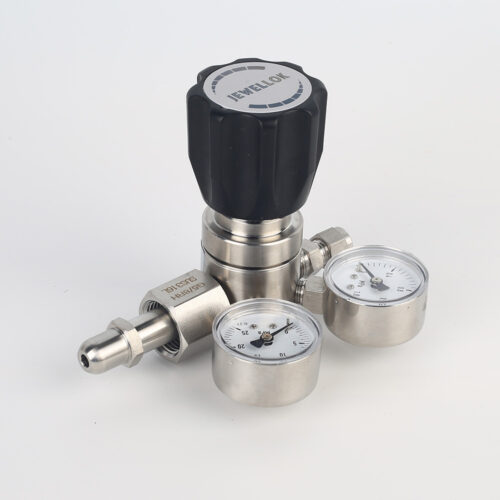
High Purity High Pressure Gas Cylinder Pressure Regulators Pressure Reducing Valve JSR-1E Series
-
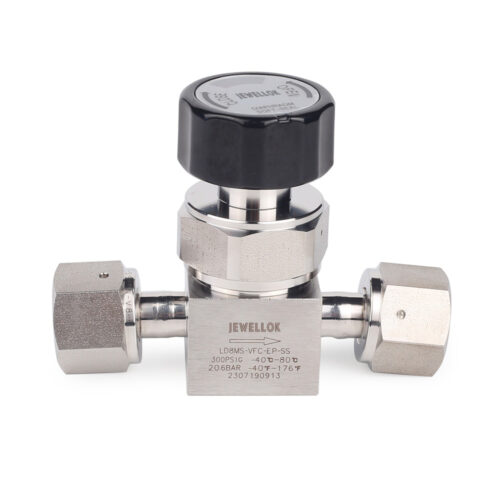
Flow Control Stainless Steel Low Pressure Manual Diaphragm Valve For High Purity And Ultra High Purity Gases
-
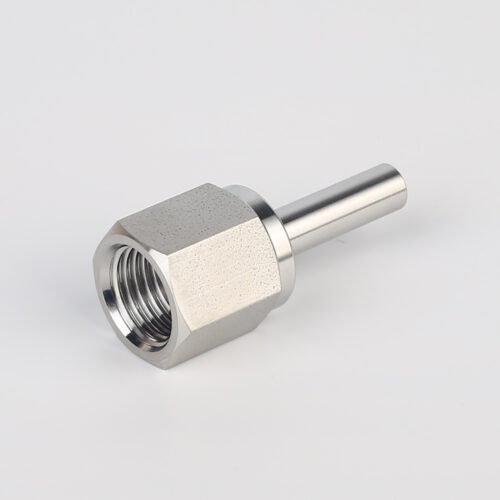
739LF High Purity Female Adapter Tube To Pipe Fittings And Connectors
-
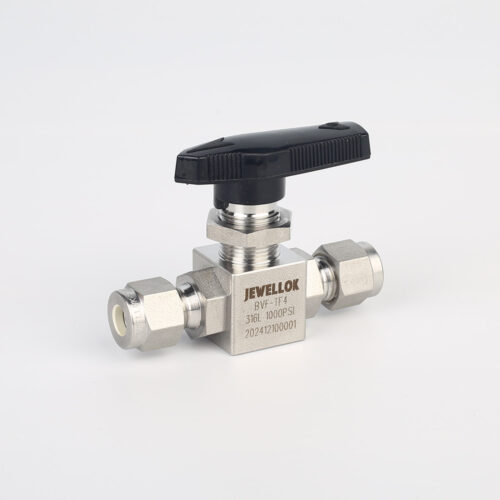
Stainless Steel High Purity High Temperature Pneumatic Actuated Ball Valves JBV2 Series
-
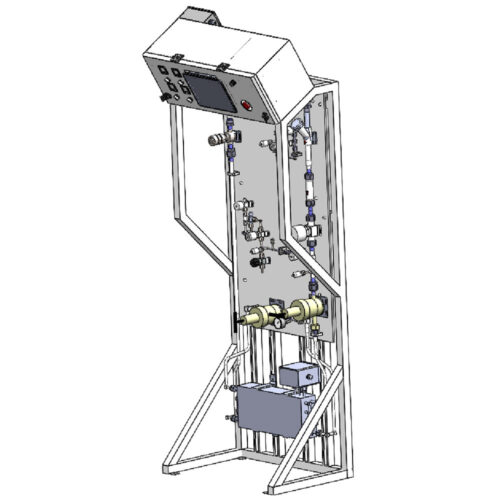
Semiconductor High Purity High Pressure Specialty Gas Bottle Gas Cylinder Storage Cabinet And Gas Pressure Regulating Cabinet
-
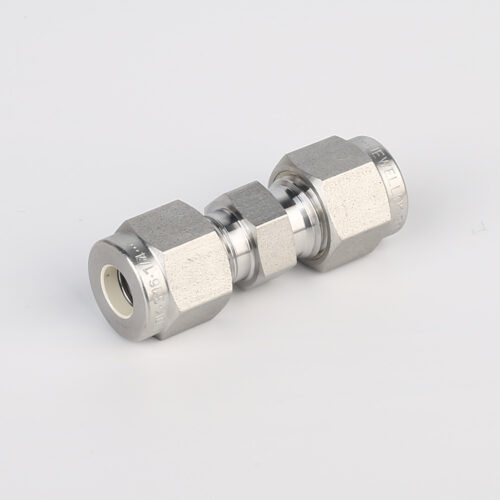
762L Stainless Steel High Purity Union High-Purity Gas System Fittings
-
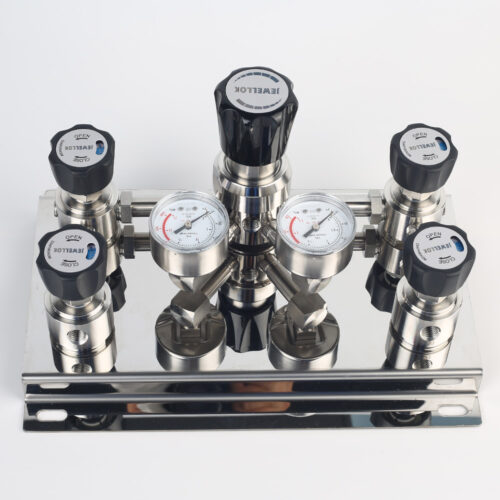
Single Stage Wall And Cabinet Mounting Pressure Control Panels JSP-2E Series For High Purity Gases
-
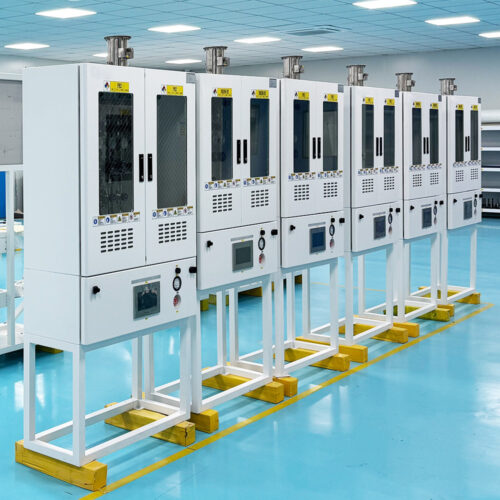
Ultra High Purity Gas Delivery Systems And Liquid Chemical Delivery Systems JW-300-LDS